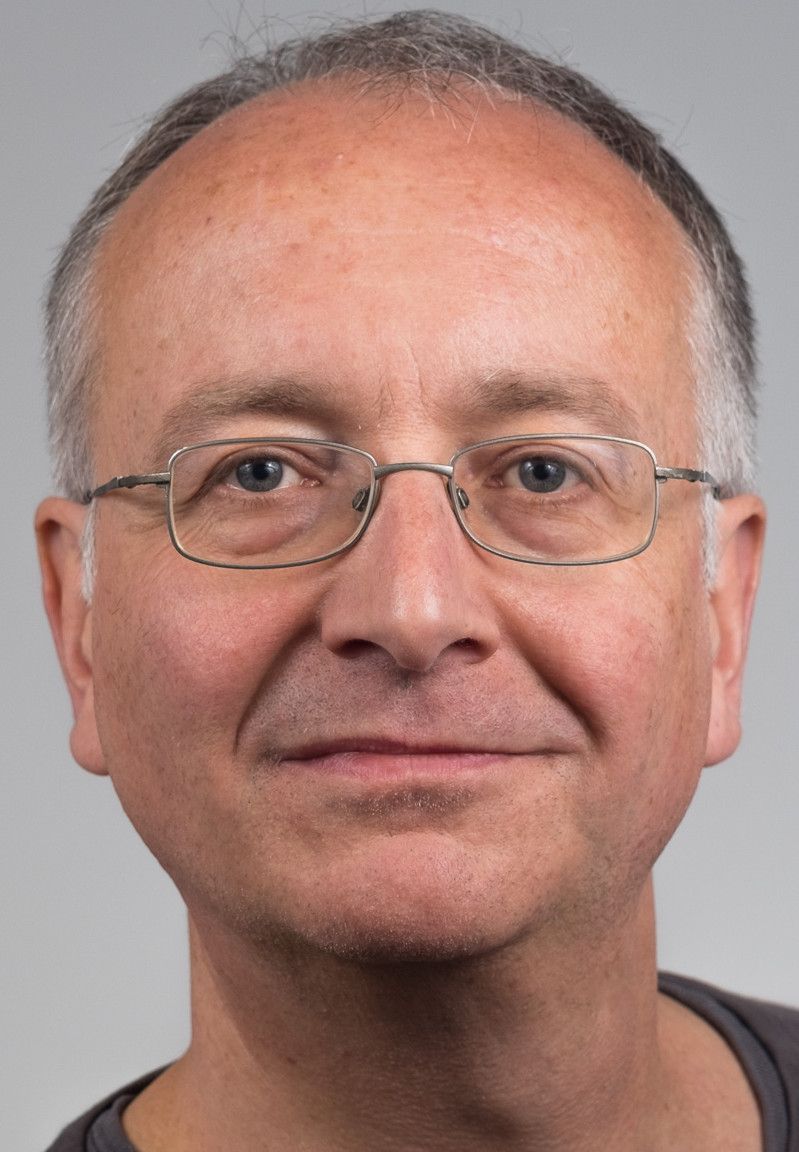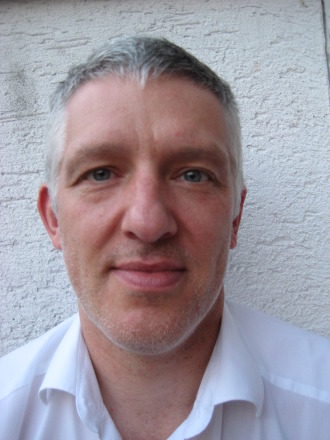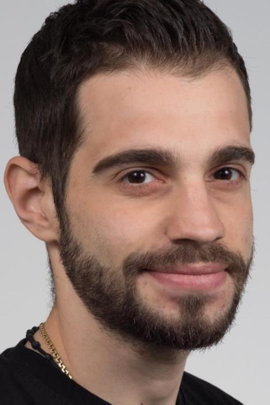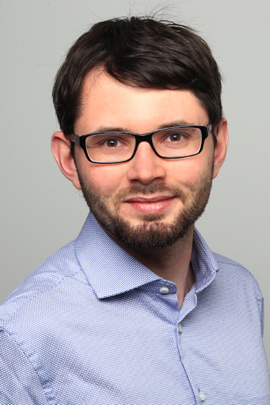Principal Investigators
Profiling anti-influenza activities of the pathogen recognition receptor RIG-I: Novel targets for antiviral intervention strategies
Summary
Influenza A virus (FLUAV) infections cause substantial morbidity and mortality during seasonal and pandemic outbreaks worldwide. However, currently available antiviral therapeutics are of limited efficacy. RIG-I is a cellular virus sensor recognizing FLUAV 5’ppp-dsRNA structures. Activated, ligand RNA-bound RIG-I switches protein conformation to trigger signaling and upregulation of interferons (IFNs) and other antiviral cytokines. Previously, we showed that RIG-I can exert a direct, signaling-independent, antiviral effect by binding the 5’ppp-dsRNA panhandle of FLUAV and disassembling the polymerase complex of avian FLUAV strains (PB2-627E signature).
In the first funding period, we generated mutants of RIG-I that can still reduce viral RNA synthesis, but do not trigger induction of potentially harmful cytokines like IFN. We also created mice with such a RIG-I mutation (K271A). Other approaches to exploit the RIG-I antiviral action were also pursued. First, we tested the small molecule Paliperidone, a FDA-approved antipsychotic drug predicted to bind to the influenza A basic polymerase protein 2, PB2. We could show for the FLUAV strain PR/8/34 that Paliperidone mimics the direct antiviral activity of RIG-I as it diminished the binding of PB2 to nucleocapsids and reduced viral RNA synthesis. In search for new RIG-I ligands for therapeutic use, we identified rRNA derived self-RNA fragments generated by RNase digestion such as RNase A, RNase L and IRE1alpha (manuscript in revision). Interestingly, immunostimulatory self-fragments can be generated via the glycolysis intermediate Fructose-1,6-bisphosphate (F16BP) that activates the OAS-RNase L pathway [2]. Consequently, F16BP itself or F16BP enrichment by the Glycerinaldehyd-3-phosphat-Dehydrogenase (GAPDH) inhibitor 3-Chlor-1,2-propanediol (CP) create such RIG-I-ligands, suggesting a possible link between an endogenous intermediate of glycolysis and RNase L activity.
In the new funding period, we will build on these achievements to establish novel approaches for antiviral intervention. We will explore the mechanism of the direct antiviral activity of signaling-inactive RIG-I mutants and attempt to optimize it by defining the minimally required domain and by further modifications. To obtain in vivo evidence, the RIG-I K271A mice will be compared with wt mice and RIG-I KO mice for their potential to counter FLUAV infection. Paliperidone will be applied to a variety of human and avian FLUAV strains in permanent cell lines and in primary human airway cells. A potential involvement of RIG-I and other cellular signaling pathways in the Paliperidone mechanism will be investigated, the combination with RIG-I agonists will be evaluated, and, if promising, its antiviral activity will be optimized by lead compound modifications. We will also investigate the influence of the metabolic state of macrophages on RNase L activation, self-RNA fragment generation and subsequent RIG-I-mediated antiviral activity.










